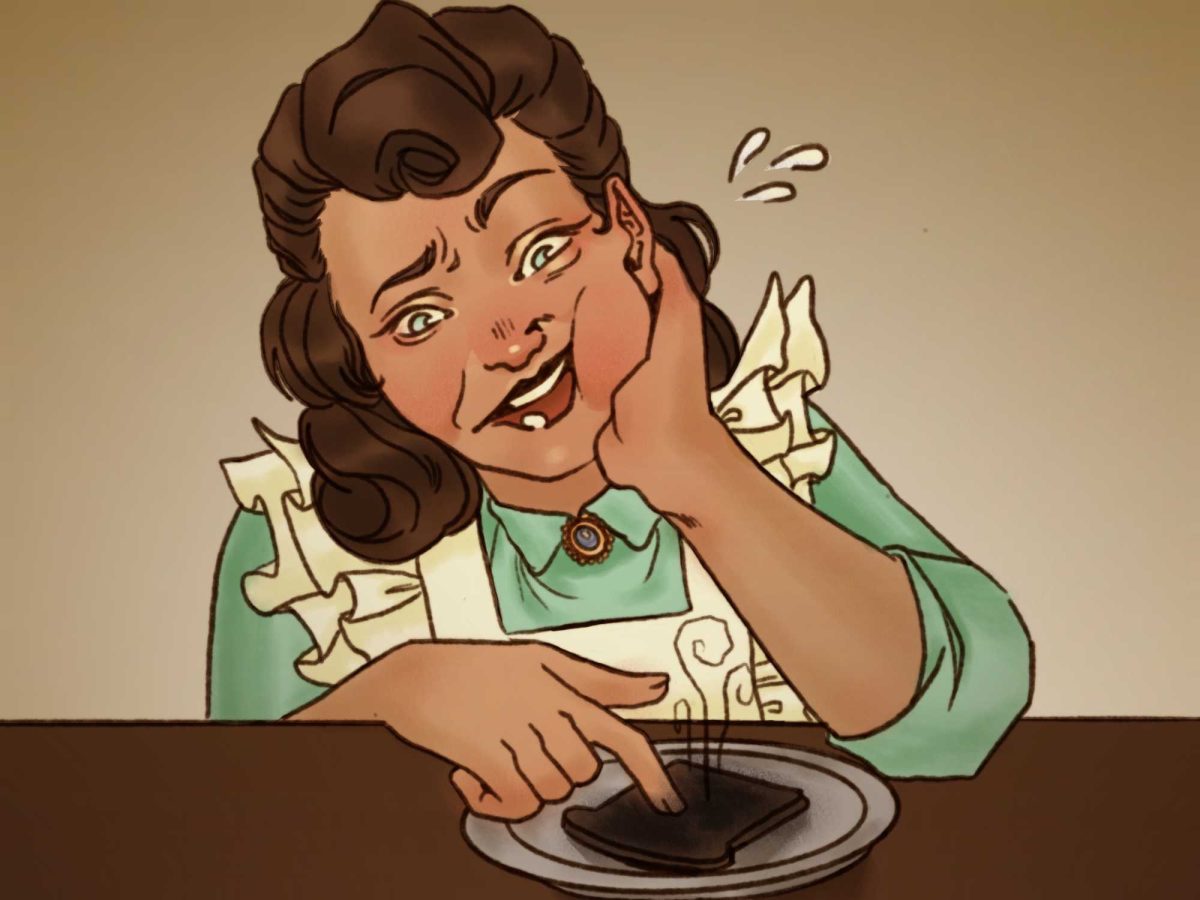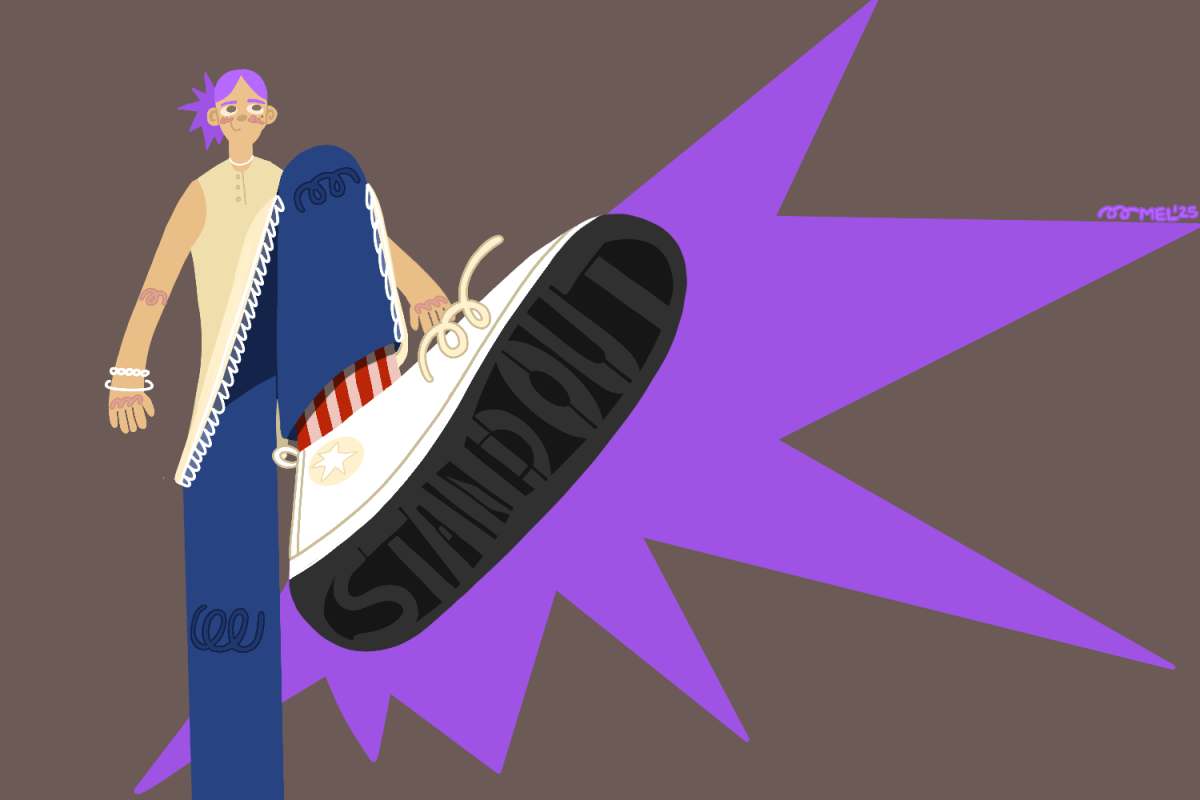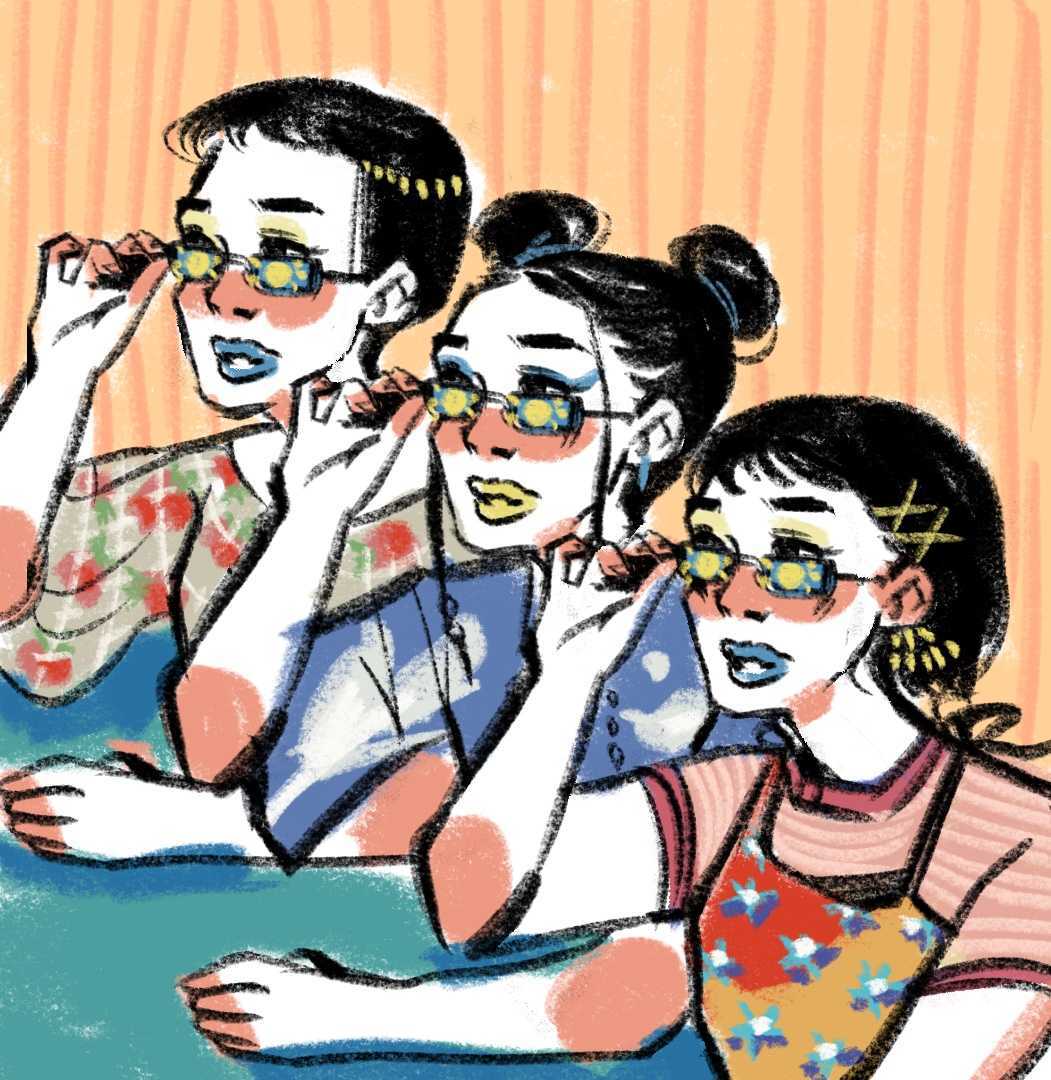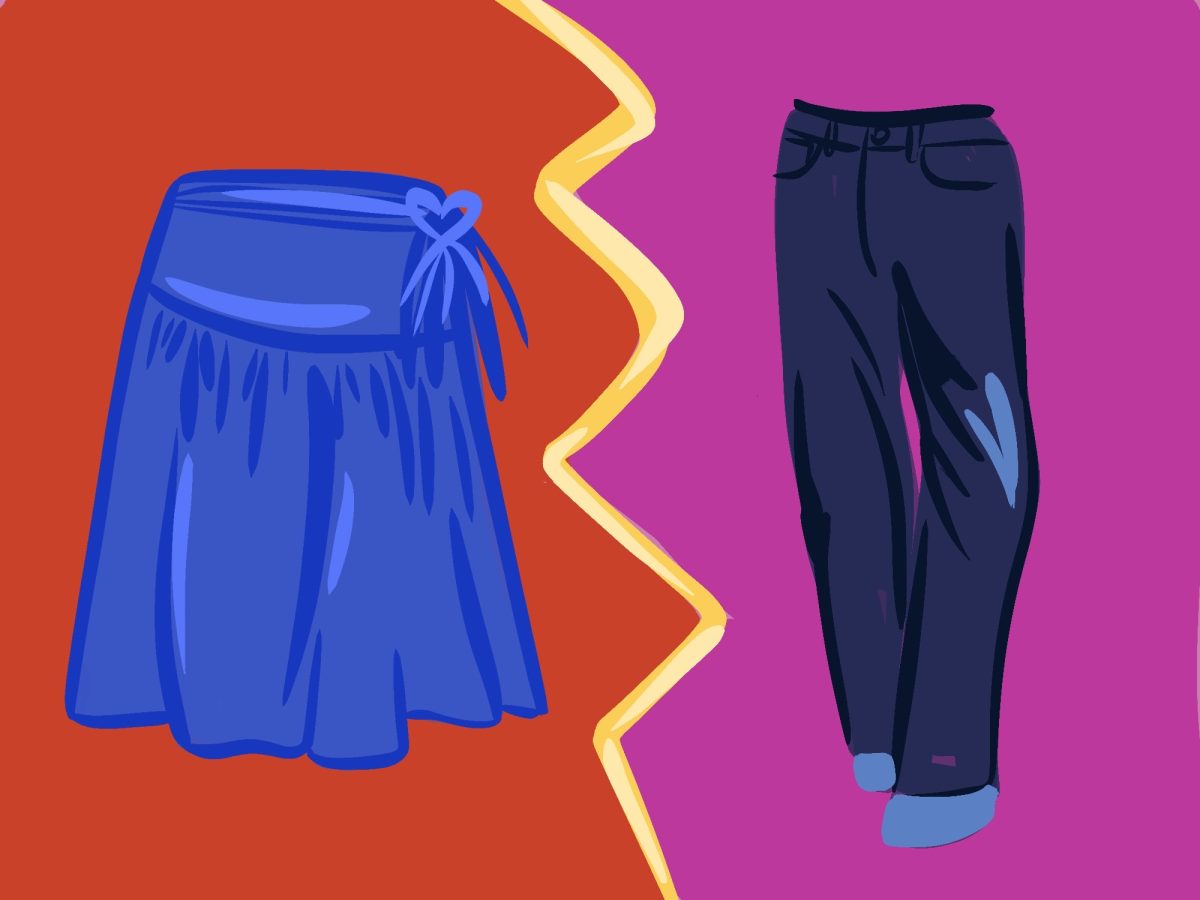From Louis Vuitton in the 1850s to Yves Saint Laurent over a century later, some of the biggest names in women’s fashion over the past two centuries have overwhelmingly been white men.

That’s not to say that their work isn’t incredible or worthy of praise, but their domination of the fashion scene leaves little room for female designers — particularly women of color — to achieve the same levels of fame and success.
Ann Lowe is often regarded as the first well-known Black fashion designer, but the moniker isn’t completely accurate. While her legacy is often felt, her name is just as often forgotten — or, in some cases, downright omitted.
If you’ve heard of Ann Lowe and her work, it’s likely in the context of her having designed Jackie Kennedy’s dress for her wedding to John F. Kennedy.
Lowe and her team of seamstresses made the luxurious gown using 50 yards of silk taffeta and adorned it with scalloping and tiny flowers galore, in addition to the dresses for Kennedy’s 15 bridesmaids.
Not only were the gowns for Kennedy and her bridesmaids stunning, but they cost Lowe over two thousand dollars to repair after her shop flooded just days before the Kennedy wedding.
When Jackie Kennedy was asked in her first year in the white house who had created her gown, she did not credit Lowe by name, instead reportedly telling a writer from “Ladies’ Home Journal” that the dress had been created by a “colored woman dressmaker.”
If Kennedy did, in fact, share Lowe’s name with anyone, it certainly didn’t make it to the ears of the journalists who covered the wedding for “The New York Times.” At no point in the one-and-a-half-page article covering the wedding did they name Ann Lowe as the dress designer.
Nina Hyde of “The Washington Post” is believed to be the only journalist to have credited Lowe that day.
Kennedy’s wedding gown may have been Lowe’s most high-profile design, but her career was so much more than just one dress. Lowe had previously designed for debutantes and other high society ladies, notably Olivia de Havilland, when she accepted her win for best actress at the 1947 Academy Awards.
Lowe’s designs are beautiful, creating elegant lines with rich fabrics and ornate florals.
The shape of her ballgowns seem to defy the laws of physics, spreading equally outwards and upwards to create a decadent cloud of chiffon. Her slimmer empire waist dresses seem to defy the laws of time, melding Regency era regality with a bit of mid-20th century spunk.
In a word, her designs are magical.
In recent years, Ann Lowe has finally been getting her flowers, albeit posthumously. Many of her designs have been featured in recent exhibits, the largest one being an exhibit titled “Ann Lowe: American Couturier” at the Winterthur Museum Garden and Library in 2023.
In fact, it is through one of these museum exhibits that I was introduced to Ann Lowe’s work. Walking through the Women Dressing Women exhibit at the Metropolitan Museum of Art, I found myself lingering in front of this stunning flower-adorned floor-length gown. I practically wanted to rip the dress off the mannequin and wear it home.
The dress of hers displayed at the exhibit was a white cotton organdy sleeveless gown from 1968. With its empire waist accented with a delicate bow, it is quintessential late 60s style. It’s simultaneously modern, with 3D carnation flowers embroidered across the bottom half of the skirt that remind me of the whimsical designs of Betsey Johnson and Loveshackfancy owner Rebecca Hessel Cohen.
I’m by no means a fashion expert, but I do consider myself decently well-versed when it comes to famous designers. So, it came as quite a shock to me when I knew nothing about the designer of one of the most gorgeous pieces in the whole exhibit.
At first, I felt stupid. Then, after reading about Lowe, I felt sad.
How could someone who contributed so much to the world of fashion garner so little continuous praise? Both her and Givenchy designed dresses for the stars, so why had I learned so much about Givenchy and didn’t even know Lowe’s name?
Lowe proved herself time and time again, designing for Oscar winners and future first ladies and paving the way for other women of color in the process.
If someone as influential as Lowe can be left out of fashion history, what other female and/or BIPOC designers have been forgotten altogether — their designs hanging on crowded thrift store racks, ready to be taken home and given a new life?
























































































































